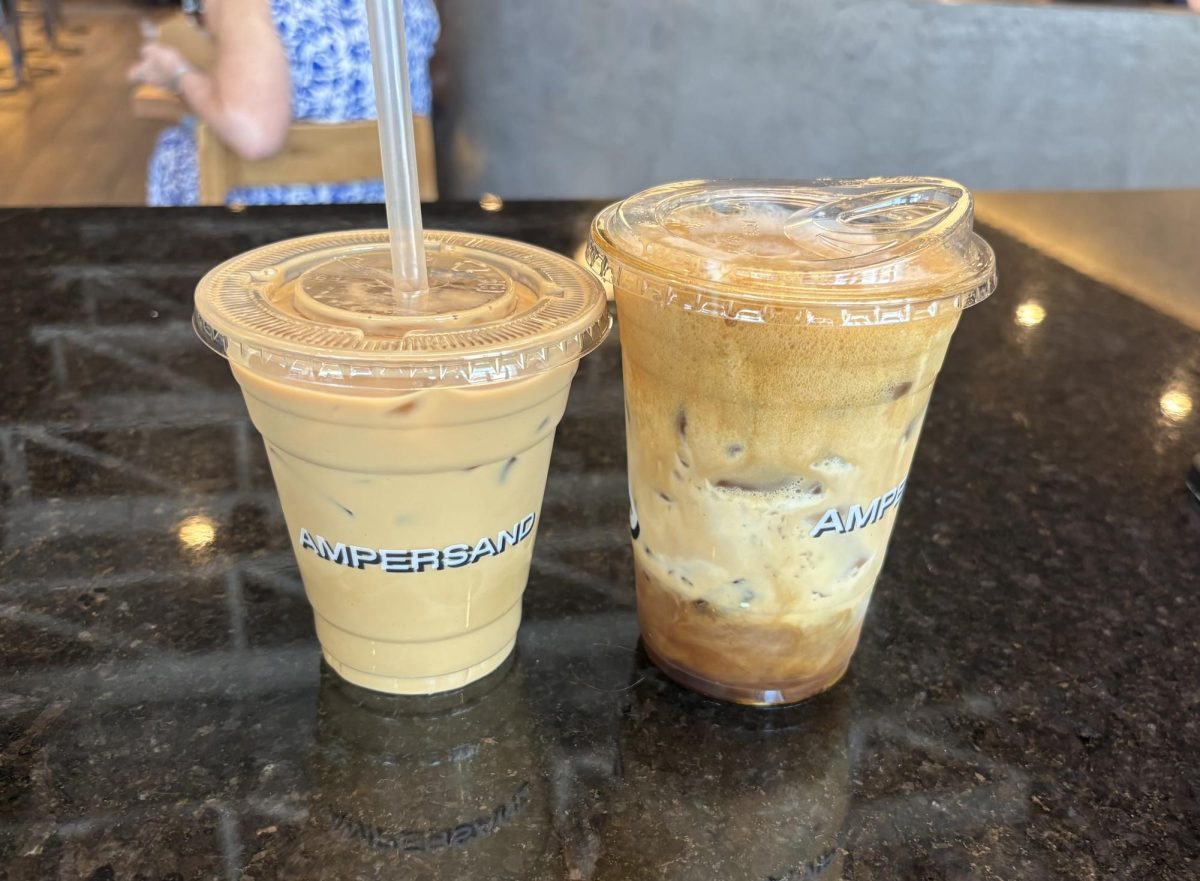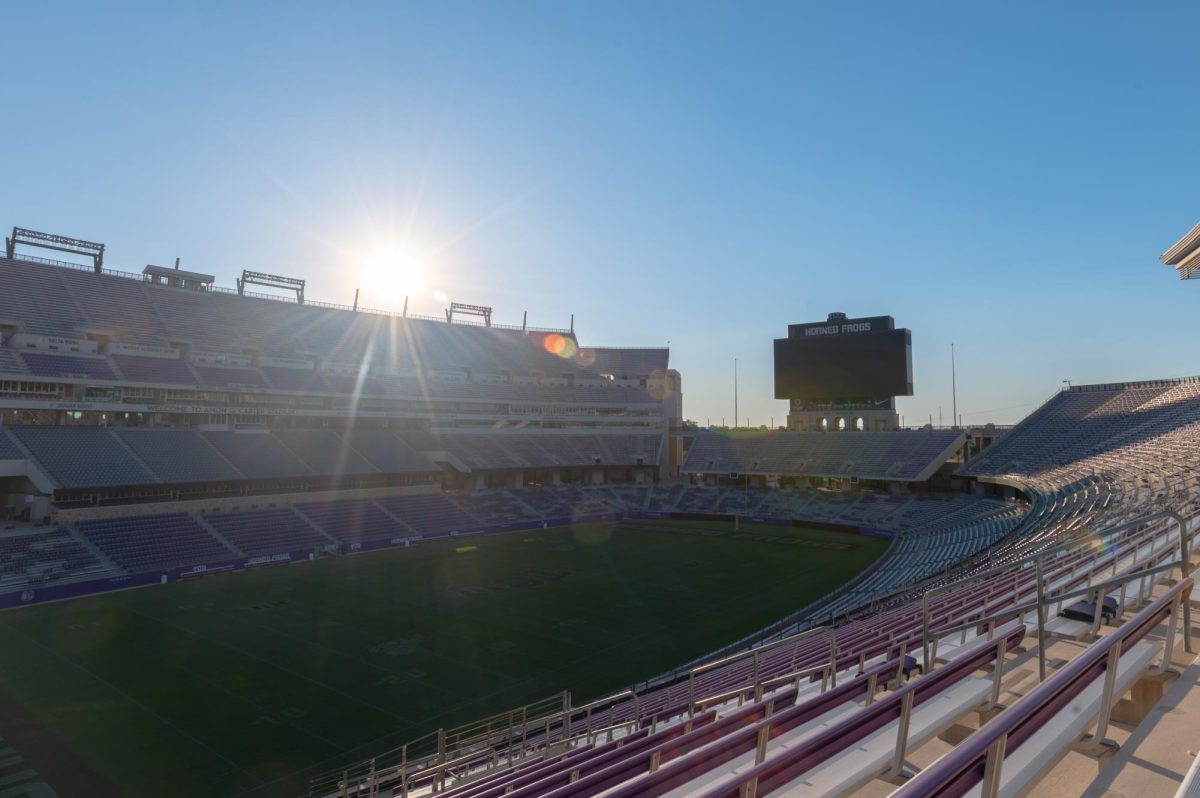The Fort Worth Art Commission approved preliminary design plans and a $52,350 budget recommendation for an “I-30 Gateway Monument” project late Monday.
“We saw the project as a greeting card that can almost unfold as you drive through it,” architect Etty Horowitz said. “As they drive, they see more and more.”
The monument design features a repetition of recycled TxDOT barriers and eight-foot-tall steel letters that spell out “Fort Worth” to welcome people driving into the city from the east on Interstate 30 (I-30).
“If you do not get it the first time, then you have numerous times to get it later,” Horowitz said. “It’s almost like a prayer in church."
Designed with the help of landscape architect Kevin Sloan, the monument is “by far the most complicated sculpture or public art that I have done so far,” Horowitz said.
She repeatedly stressed the importance of the driver’s experience in regards to the monument.
“We wanted [drivers] to not just drive and see a monument and move on and forget about it,” she said. “We wanted to create a monument that will look different from both sides [to] prolong the experience of the drivers.”
In addition to the concrete walls and steel lettering, the monument also features “a naturalizing ecology of native materials,” including wildflowers, grasses and forbs, according to the project proposal.
Public Art Project Manager Anne Allen said the plan is to mow the plants twice a year to avoid grazing animals and wildfires. Allen filled in for Sloan, who was absent from the meeting because of the flu.
Nine LED light fixtures are also included in the design, projecting upward in between the concrete walls and lighting up the letters after sunset, according to the proposal.
Stakeholders for the project include council members Danny Scarth, Gina Bivens and Kelly Allen Gray, according to Sloan’s presentation.
Commission member Robyne Kelly said she initially didn’t know if she was going to like the design or not, but came to embrace it. Fellow commission member Renita Joyce Garrett did not share Kelly’s sentiment.
“I’m a little underwhelmed,” Garrett said.
One of Garrett’s primary concerns was a lack of vivid color, which would have to be painted on. Horowitz said the lack of paint was a design choice.
“I really believe that you need to be true to the materials,” Horowitz said. “I do not think you need to take a material, an element that is already existing, and obviously change the meaning of that element.”
After some discussion, the preliminary design was approved with a 5-2 vote. The budget recommendation was later unanimously approved in a separate vote.
“I’m very excited that the project is approved because I think it’s going to be a great landmark for the city of Fort Worth,” Horowitz said.
The approval sends the project into its final design stage, and the project is slated for completion in Feb. 2016.
Jordan Ray is a 109 public affairs reporter focusing on Arts, Culture and Recreation. Email him at [email protected] and follow him on Twitter at @JordanLRay.



